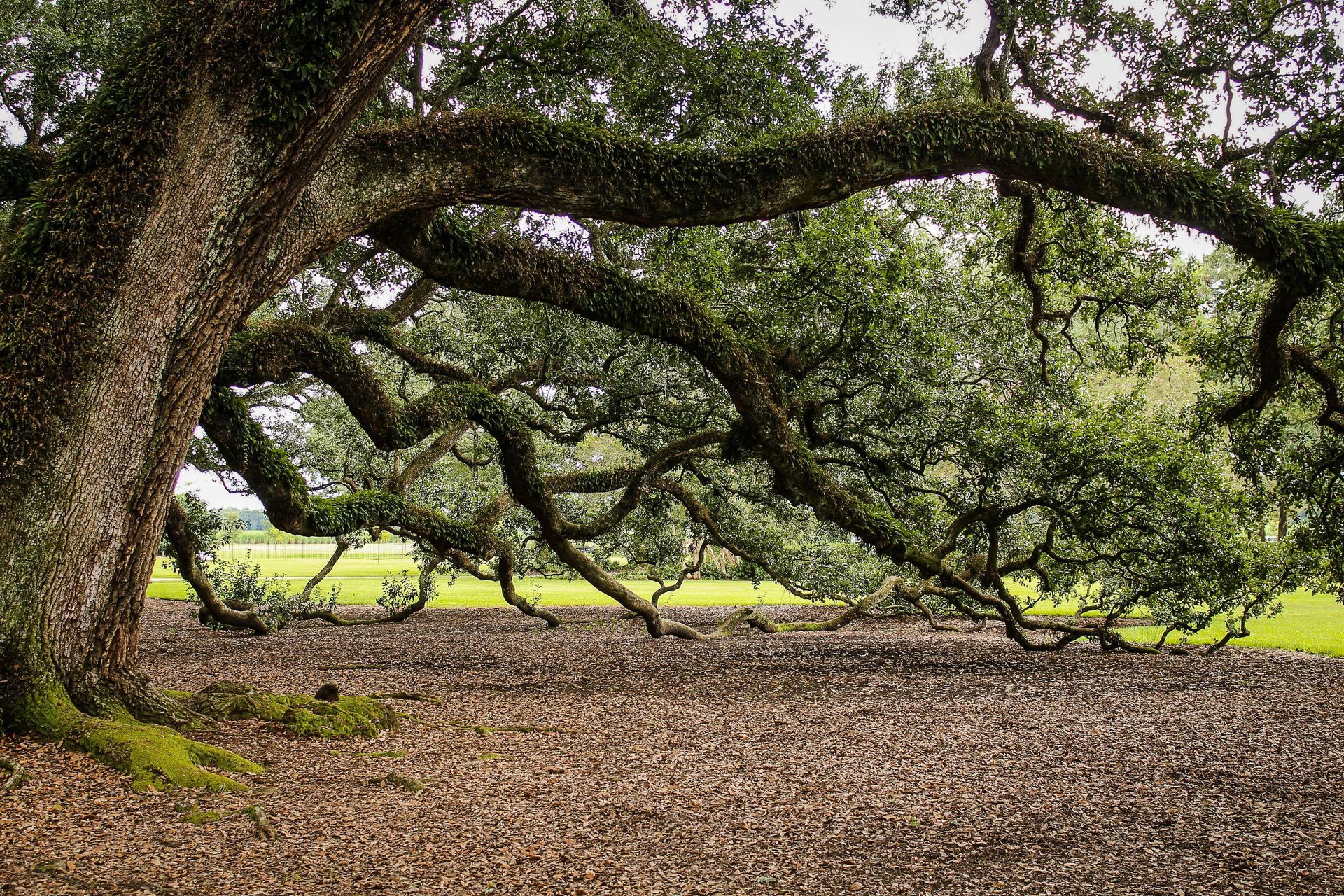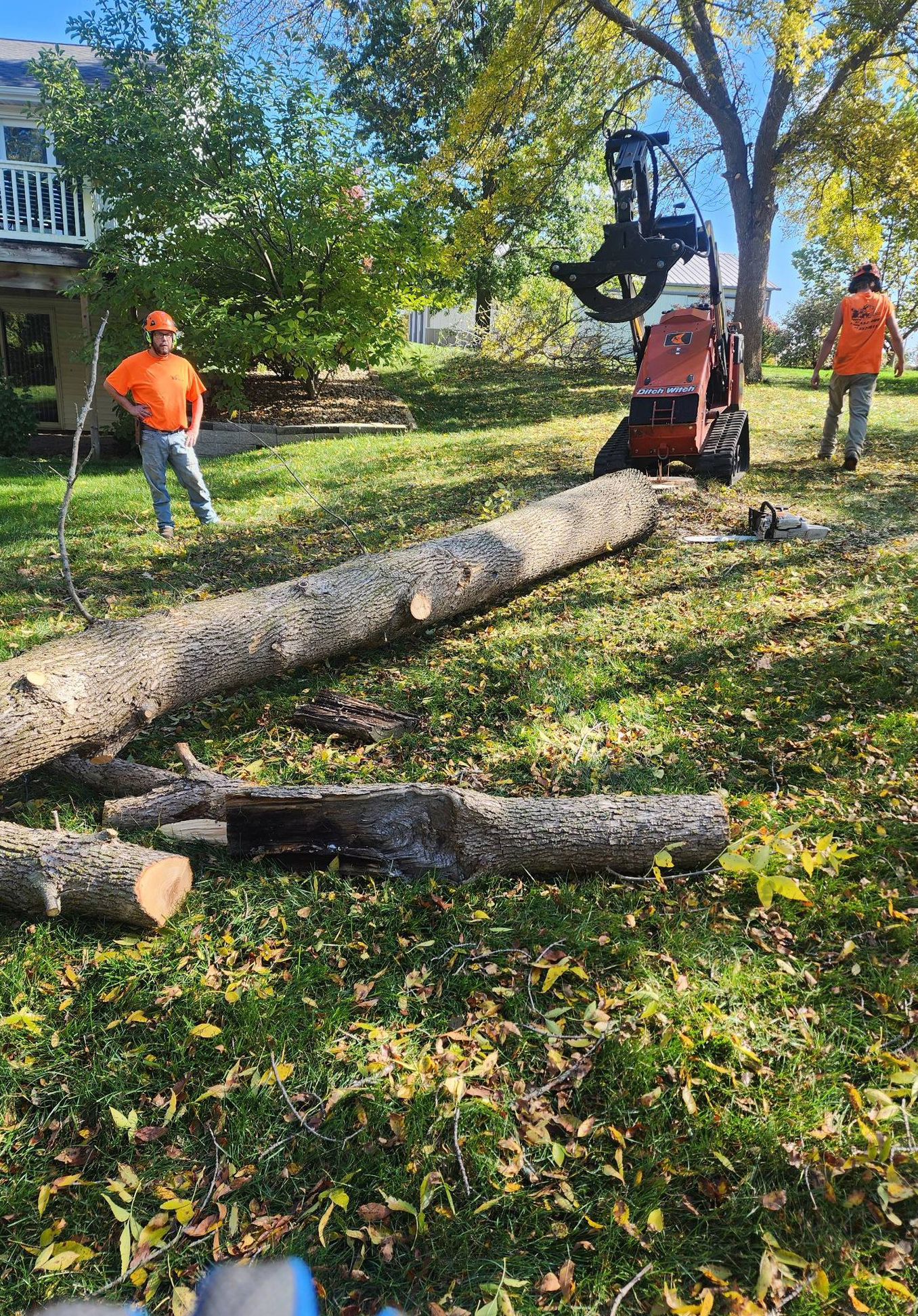Preparing Your Trees for Winter
Essential Tips from D&J's Experts
As the crisp autumn air settles over Ankeny, it's time to start thinking about preparing your trees for the harsh Iowa winter ahead. At D&J's Complete Tree Service, we've spent 15 years helping our community protect and nurture their trees through all seasons. Today, we're sharing our expert tips on how to prepare your trees for winter, ensuring they emerge strong and healthy in spring.
Why Winter Preparation Matters
Iowa winters can be tough on trees. Freezing temperatures, heavy snow, and icy winds can cause significant damage if trees aren't properly prepared. Here's why winter prep is crucial:
- Prevents Cold Damage: Proper care helps trees withstand freezing temperatures.
- Reduces Risk of Breakage: Strong, well-maintained trees are less likely to suffer from snow and ice damage.
- Protects Against Winter Pests: Some preparation techniques deter winter-active pests.
- Ensures Spring Recovery: Well-prepared trees bounce back faster in spring.
Let's dive into our essential winter preparation tips.
1. Late Fall Pruning
Timing is crucial when it comes to pre-winter pruning:
- Remove dead, diseased, or damaged branches
- Focus on structural pruning to improve branch architecture
- Avoid stimulating new growth by pruning after trees have gone dormant
Pro Tip: Proper pruning reduces the risk of branch breakage under heavy snow and ice loads.
2. Deep Watering
Hydration is key to winter survival:
- Water deeply until the ground freezes
- Focus on the area from the trunk to the drip line
- Use a soaker hose for slow, deep watering
Ankeny Insight: Our clay-rich soils can retain moisture, so be careful not to overwater in poorly drained areas.
3. Mulching for Insulation
A good layer of mulch acts like a warm blanket for your tree's roots:
- Apply a 2-4 inch layer of organic mulch around the base of the tree
- Extend the mulch to the drip line if possible
- Keep mulch a few inches away from the trunk to prevent moisture buildup
Why It Matters: Mulch helps regulate soil temperature, retain moisture, and protect roots from extreme cold.
4. Fertilizing for Strength
Fall fertilization can boost winter hardiness:
- Use a slow-release, balanced fertilizer
- Apply after leaves have fallen but before the ground freezes
- Focus on phosphorus and potassium for root strength and cold resistance
Expert Advice: Always conduct a soil test before fertilizing to ensure you're providing the right nutrients.
5. Protecting Young Trees
Newly planted and young trees need extra care:
- Wrap trunks with tree wrap to prevent sunscald and frost cracks
- Install tree guards to protect against rodent damage
- Consider using burlap screens for wind protection
D&J's Tip: Remember to remove trunk wraps in spring to prevent moisture buildup and insect infestation.
6. Cabling and Bracing
For trees with structural weaknesses:
- Install cables or braces to support weak branch unions
- Address these issues before winter storms hit
- Have a professional assess which trees might benefit from support
Safety First: Improper cabling can damage trees. Always consult with a certified arborist for this service.
7. Anti-Desiccant Sprays
For evergreens and sensitive species:
- Apply anti-desiccant sprays to reduce winter moisture loss
- Focus on newer plantings and exposed trees
- Reapply midwinter on a mild day for continued protection
Local Note: This is particularly helpful for evergreens in Ankeny's windy winter conditions.
8. Snow and Ice Management
Proper snow and ice removal can prevent damage:
- Gently brush off heavy snow from branches
- Avoid trying to remove ice – it can cause more harm than good
- For ice-damaged trees, wait until spring to prune unless there's a safety risk
Caution: Never shake ice-laden branches, as they're brittle and may break.
9. Monitor for Pests
Some pests remain active in winter:
- Check for signs of rodent activity around the base of trees
- Look for egg masses or cocoons of spring pests
- Consider winter pest treatments if necessary
D&J's Expertise: We can help identify and treat winter pest issues before they become major problems in spring.
10. Document and Plan
Use this time to plan for the future:
- Take photos of your trees in their dormant state
- Note any concerns or changes you've observed
- Plan for spring treatments or plantings
Long-Term Vision: Regular documentation helps track your trees' health and growth over time.
The D&J Difference: Professional Winter Prep Services
While these tips provide a solid foundation for winter tree care, every property and tree is unique. At D&J's Complete Tree Service, we offer:
- Customized Winter Prep Plans: Tailored to your specific trees and property needs
- Professional Assessments: Identifying potential winter risks before they become problems
- Comprehensive Services: From pruning and cabling to pest management and emergency care
- Local Expertise: 15 years of experience with Ankeny's winter conditions and tree species
Invest in Your Trees' Winter Health
Proper winter preparation is an investment in the long-term health and beauty of your trees. By following these tips and partnering with professional arborists, you're ensuring that your trees:
- Survive winter with minimal damage
- Conserve energy for robust spring growth
- Maintain their structural integrity and beauty
Don't let winter catch your trees unprepared. Contact D&J's Complete Tree Service today to schedule your winter preparation assessment. Let's work together to protect your trees through the cold months and ensure a vibrant, healthy landscape come spring.
Remember, at D&J's, we don't just prepare trees for winter – we safeguard Ankeny's urban forest, one property at a time.




